VFX for Motion – The Art of VFX in After Effects Course FREE Download
VFX For Motion – Compositing and Visual Affects in After Effects Complete Course FREE Download
In VFX for Motion you will learn a broad set of Visual Effects tools and techniques using After Effects. Prepare to add keying, roto, tracking, matchmoving and more to your creative toolkit. By the end of this course, you’ll have the practical knowledge of working with live-action footage, and you’ll even get some tips on how to direct and work on a VFX shoot.
How to develop a “good eye” for compositing
This first week helps you get acclimated to the way School of Motion courses are run, and has you take a shot at a short VFX exercise. You won’t have a lot to go off of to complete this exercise, but this benchmark allows us to see your skill level and cater to your needs. We’ll provide supportive information to help you along the way including a short lesson, a bonus with additional pointers, a glossary of VFX terms, and some other info to check out.
Ways to break down shots for roto
It’s roto week. Rotoscoping is the technique used to cut out something in shot footage (not on green screen) so that it can be isolated and used in different shots, removed from shots, or even for layering effects into a scene. We’ll be teaching both simple and articulated roto, which will enable you to complete a variety of different projects that need rotoscoping. It’ll get a little gnarly, but you’ll come to appreciate this tool in the weeks to come.
After Effects’ Keylight keyer
This week, you’re going to tackle one of the most well known VFX techniques out there: keying something that was shot on green screen. It’s so common now that even your grandparents probably know about it. So, how does a green screen work? And how do you isolate something that’s been shot on it? Learn how to key things in After Effects and deal with some tricky issues that come up when using this kind of footage, such as handling spill (that green that bleeds over onto the object that you’re keying). You will also learn more advanced color matching during this week.
Nodes vs Layers
This week is a “focus week,” a chance to catch up on course work and material. You’ll get some light content, including a discussion about the differences between After Effects and the node-based compositing software program Nuke. You’ll also learn some helpful tips on project organization and what a VFX budget looks like.
Point and Planar tracking
Dive into the world of motion tracking! Tracking is exactly what it sounds like: You make something like a graphic move along with a filmed element. You’re not only going to use After Effects, but also be introduced to Mocha, which comes with you Creative Cloud subscription. Mocha has more powerful tracking abilities than what comes built into After Effects natively, which is why everyone that does VFX in AE should know at least a little Mocha. You will also get to do a bit of paintwork at the end of the week, learning to take out tracking markers that are sometimes used in shoots.
Creating effect stacks
This week, you’ll get to play with the fun stuff. We’ll learn how to add all kinds of effects to your shot footage and make them look good. You’ll also explore how to build new effects using the tools that come with After Effects. Later in the week, you’ll take effects that were already created and composite them into scenes.
VFX Reel best-practices
This week is another Focus Week, giving you time to catch up if you need it. You’ll also learn about how your new VFX skills can be put to good use in the industry.
Comping 3D elements into footage
In this final week, you will learn your last big VFX technique: Match Moving. This is the art of adding something into a scene where the camera is not still. You’ll learn how to handle Match Moving with both 2D and 3D objects. For those that do not have access to 3D software, we will provide the assets that you need to use without any access to a full license of Cinema4D.
How to approach a tough composite
It’s time to put everything you’ve learned to the test by completing the final project. You’ll need to use every skill you’ve picked up during the course while learning a few additional tips and tricks along the way. Once completed, you’ll have a powerful VFX project to add to your portfolio, along with all of the other impressive techniques you can now showcase for future clients.
Extended Critique Period
The final 3 weeks of class are Extended Critique. You can use this time to catch up, complete your final project, then turn it in for critique.
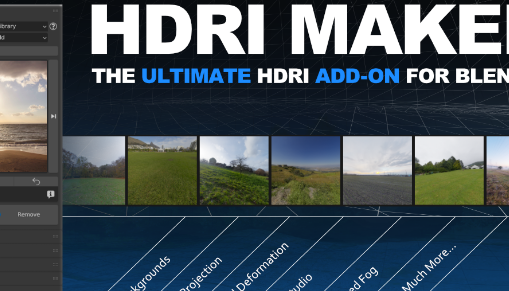
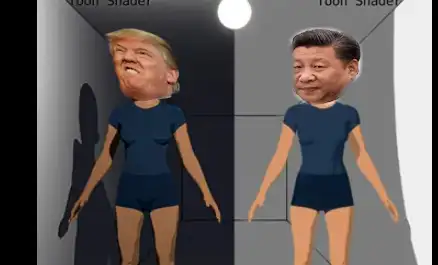
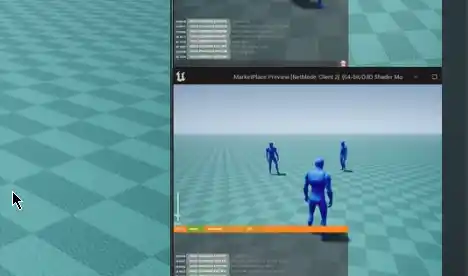
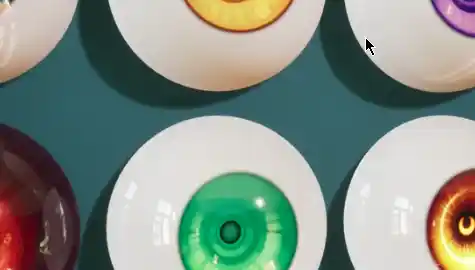
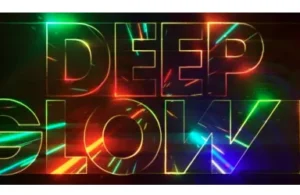
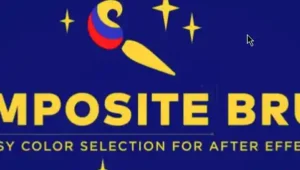
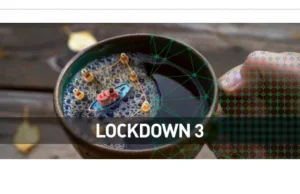

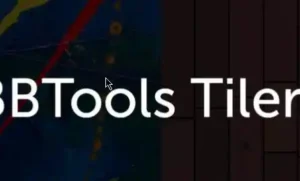
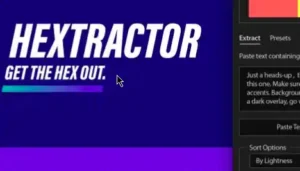
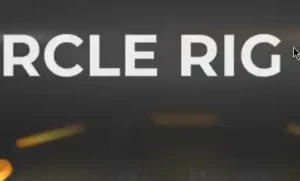
Post Comment